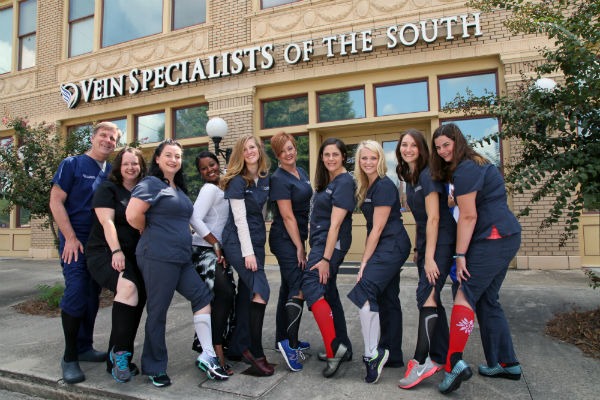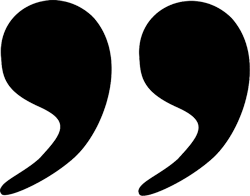What Causes Spider Veins, And How Are They Linked To Varicose Veins?
Both spider veins and varicose veins are caused by a backup of blood related to venous insufficiency. Venous insufficiency occurs when valves in the veins become damaged or weak, causing blood to pool in leg veins instead of traveling back up to the heart.
Spider veins are also caused by issues unrelated to underlying venous insufficiency, including hormones, sun exposure, and even minor injuries. However, due to their connection with venous insufficiency that can cause bulging, painful varicose veins, it’s recommended that you see a vein specialist for a full evaluation to determine if your spider veins are related to hidden varicose veins in the legs; this will allow your doctors to help you treat venous insufficiency before it becomes a more aggressive problem.
Spider Veins Alone Aren’t Dangerous
Spider veins alone aren’t a health concern. The presence of spider veins does not mean you have venous insufficiency. There are, however, other symptoms of venous insufficiency and hidden varicose veins that can alert you to potential venous disease in your legs. Symptoms include:
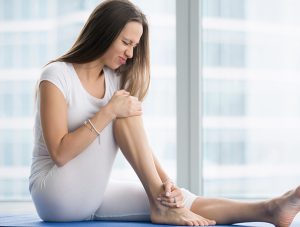
If you have the above symptoms, you may have venous insufficiency. If you have these symptoms and visible spider veins, the likelihood of venous insufficiency is higher.
Are Spider Veins And Varicose Veins Dangerous?
In the past, varicose veins weren’t considered a danger to your health; however, recent studies show a correlation between varicose veins and deep vein thrombosis (DVT), a condition where blood clots form in the deep vein of the leg. The risk associated with a DVT includes intense leg pain and tenderness, difficulty walking, and the potential for the clot breaking free and traveling to the lungs, resulting in a pulmonary embolism (PE). PE is a clot in the lungs that can cause chest heaviness, shortness of breath, and is a potentially life threatening emergency.
While the link between varicose veins and DVT are not clearly related as cause (varicose veins) and effect (DVT), our own experience and the results of a recent study published in JAMA show a clear correlation between the two conditions.
It is for these reasons, and the known effect that venous disease has on quality of life in our patients, that we highly recommend seeking medical evaluation with a vein specialist if you have symptoms of venous insufficiency, especially if you also have visible spider veins.
How Do I Know What Causes Spider Veins In My Legs?
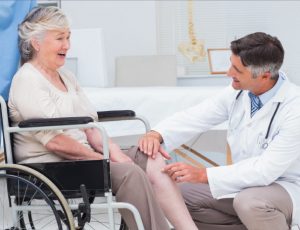 If you have spider veins and the symptoms of venous disease/varicose veins mentioned above, you should be evaluated by a vein specialist to determine the exact cause. If you only have spider veins and no other leg symptoms, we still recommend having a medical evaluation if you:
If you have spider veins and the symptoms of venous disease/varicose veins mentioned above, you should be evaluated by a vein specialist to determine the exact cause. If you only have spider veins and no other leg symptoms, we still recommend having a medical evaluation if you:
- are currently overweight or obese, or if you have been in the past
- have had an injury that left you immobile for a long recovery and/or required surgery
- wear high-heels and/or tight-fitting pants that affect your circulation
- take hormonal birth control
- are pregnant or have been pregnant, especially if you are 35+ and have more than one child
- have a family history of varicose veins and/or blood clots
- live a largely sedentary lifestyle or stand/sit for long periods of time for work
- are a woman 35+ years of age
- are 60+ years of age
As you can see, there are many different risk factors for venous insufficiency, varicose veins, and blood clots. Therefore, while spider veins are not necessarily caused by venous disease, they likely signal underlying venous insufficiency. These hidden health problems can cause great discomfort and may increase your risk of developing DVT. Don’t try to evaluate what causes spider veins in your legs. Abandon the guesswork and contact a vein specialist to get real answers.
Come See Vein Specialists Of The South About Your Spider Veins

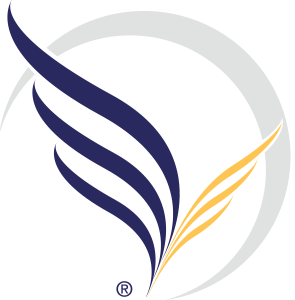

 If you have spider veins and the symptoms of venous disease/varicose veins mentioned above, you should be evaluated by a vein specialist to determine the exact cause. If you only have spider veins and no other leg symptoms, we still recommend having a medical evaluation if you:
If you have spider veins and the symptoms of venous disease/varicose veins mentioned above, you should be evaluated by a vein specialist to determine the exact cause. If you only have spider veins and no other leg symptoms, we still recommend having a medical evaluation if you: